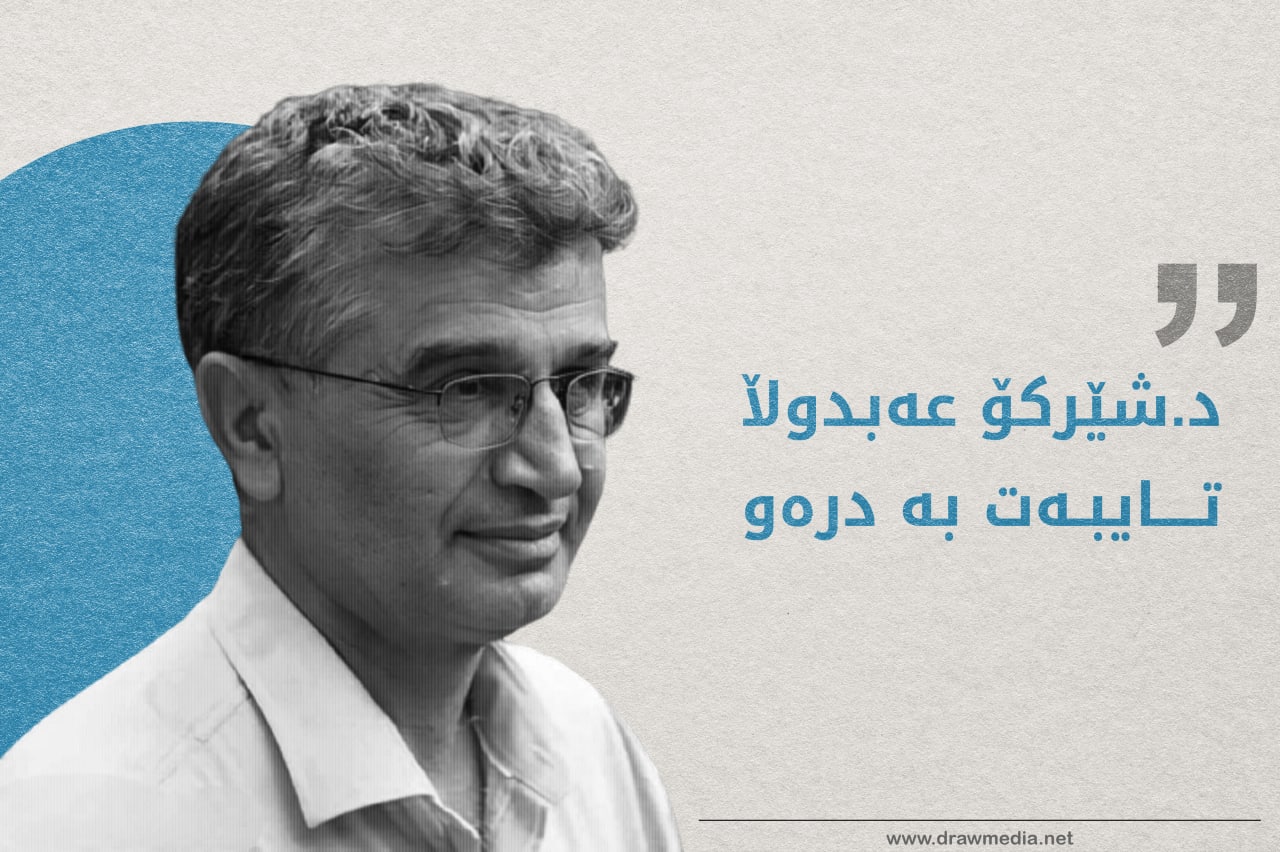Why the United States should stop supporting the Iraqi Kurdish Peshmerga
.jpg)
2023-03-30 16:12:33
Diary Marif/ culturico
The United States has planned to unify the Kurdish forces of Peshmerga, providing more financial aid and weaponizing them in order to defeat IS and other extremist groups. But the senior military men and politicians keep aside the weapons and aid for themselves and do not give them to the Peshmerga forces who are on the front lines fighting IS. Instead, they use weapons to repress the Kurdish protestors who ask for their basic rights and freedom of expression.
In early August, the Kurdistan Region’s Minister of Peshmerga Affairs, Shoresh Ismail, met with U.S. officials in Washington DC and promised to follow through on reforms aimed at unifying the Peshmerga forces of the Kurdistan Regional Government (KRG). The Peshmerga militias are the main forces of the KRG in Iraq, but they are not controlled by the KRG. Rather, they are governed by political parties. This issue of divided loyalty affects the KRG’s national strategies to protect Kurdistan and defeat extremist groups. For example, a few days after Ismail’s promising visit with U.S. officials, Mohammed Haji Mahmoud, the leader of the Kurdistan Socialist Democratic Party, illegally held a military parade for his militia without censure from the KRG. The militia may be under Ismail’s command, but the troops clearly listen to Mahmood, not the minister. Accentuating this general discord even further, Ismail returned from his visit with U.S. officials to brief not the KRG parliament, president, or prime minister, but rather the former President, Masoud Barzani, who has no official position or responsibilities in the current government.
The KRG’s lack of control over the Peshmerga is proving a problem for U.S. partners. The U.S. has been in a partnership with KRG in Iraq to defeat the Islamic State (IS) and other terrorist groups. The separation of the forces, however, has negative consequences for U.S. plans. The U.S. also wants the Peshmerga to cooperate with the Iraqi army to set up robust security in the country. Mahmoud’s illegal parade and Ismail’s meeting with Barzani reveal an obvious, disappointing reality: the unification of the Peshmerga is just not happening, and any U.S. financial or political support for it instead goes into the pockets of the political parties’ militias, putting the lives of ordinary people at risk.
Why is Unification Failing?
The U.S. proposal of integrating and unifying the Peshmerga forces is not a new agenda. When the KRG formed in 1992, it bridged several political parties, including the two major ones: the Kurdistan Democratic Party (KDP), led by Masoud Barzani, and the Patriotic Union of Kurdistan (PUK), led by former Iraqi president Jalal Talabani. Right away, these parties undertook a plan to abolish their partisan militias and set up a single national force to protect the region and its people (1). Although straightforward in theory, the plan caused chaos on the ground, and a bloody, four-year civil war broke out in which thousands of the Peshmerga were tortured, wounded, and killed. One dire consequence of the civil war was that the Peshmerga forces of the parties were not able to trust each other (2). To this day, they are still traumatized by the civil war years. Therefore, unification has not worked.
During the invasion of Iraq, the U.S. high officers proposed to Talabani and Barzani to unify their forces under one national commander. Although Talabani and Barzani accepted the proposal, they hesitated to follow it, as each party thought that losing its militia would have a negative impact on its political hegemony and that losing control of its forces would affect their interests. But in 2010, both parties tried again and consequently integrated fourteen brigades, though this integration was only of about 40,000 Peshmerga fighters and over 120,000 troops remain in unintegrated KDP and PUK units. The process of integration was then halted again for two main reasons. Firstly, U.S. troop withdrawal from Iraq in 2011 meant less attention from the U.S. on integration; secondly, both parties were in a contest to win the fame of their militia against IS.
The desire to unify the Peshmerga became more concrete in 2014 when IS began assaulting Iraq. At the time, Barzani was President of the Kurdistan Region of Iraq (KRI). As commander-in-chief of all Peshmerga forces, he granted the Peshmerga minister, Mustafa Said Qadir, six months to carry out the necessary reforms in order to unify the forces against IS. Even though Barzani was the most powerful man in Kurdistan, his demand for reform has gone unanswered for the last eight years. Barzani’s demands have no power in the PUK-controlled zone, and his stubborn desire for the Peshmerga to stay under the control of his own party led to significant disruption and further division in the PUK zone and elsewhere.
Although nominally united under one government, the bitter divisions between the KDP and PUK are just as deep-seated and intense now as they were when the PUK separated from the KDP in 1975. Having each established their own militias to protect their interests, the parties spent decades killing one another in the 1980s and during the civil war of the 1990s—a reality that cannot be easily undone. The wounds of past conflicts are still present in today’s parties, and any sign of friction nowadays is met with threats and the fear of another civil war.
With such deeply-entrenched attitudes, Peshmerga forces simply do not listen to the Minister of Peshmerga Affairs and are instead loyal to political party leaders, protecting the interests of their party and competing against other parties. In return, the political parties incentivize the Peshmerga with monthly payslips and threaten them with firing or kidnapping if they refuse to act as protection to party leaders and their families.
Even the fourteen brigades—consisting of around 40,000 Peshmerga fighters—that were nominally integrated in 2010 remained party-focused. In 2017, these brigades were once again separated as party tensions ran high during the Independence Referendum for the Kurdistan Region. The PUK troops withdrew from the disputed territories between Baghdad and Kurdistan and Iraqi forces replaced them. The KDP accused the PUK of collaborating with the Iraqi army and betraying the Kurdish cause, as the KDP knew the PUK and Iran had a secret agreement. The KDP claimed that Iran wanted Kurdistan not to be an independent country and forced the PUK not to support the referendum any longer. Although the 14 brigades remain officially integrated, they were called on and controlled by party leaders, not the ministry of Peshmerga. Since then, the process of Peshmerga reform stopped and the relationships between parties has continuously deteriorated.
Making the situation worse, senior Peshmerga commanders and politicians of both parties know exactly what is at stake if unification were to occur. These authorities have been the sole beneficiaries of their own protection brigades, corrupt practices, and party dynamics, and they are not so willing to give up their power, especially to other parties. As a case in point, a senior PUK commander allegedly ordered an attack on the headquarters of the Gorran Movement in Sulaimaniyah in 2018 after the Gorran Party complained about vote violations and the results of the KRG elections. Clearly, any deviation from the divisive norm is a threat to party officials.

Kurdish forces of Peshmerga. Photo @Levi Meir Clancy for Unsplash.
Where Does the Aid Go
U.S. support for the Peshmerga forces goes back to the 1970s, when the Peshmerga fought against the Iraqi government of Saddam Hussein and the U.S. supported them in order to deter Saddam from falling into an alliance with the Soviet Union. In 1991, the U.S. and its allies played a major role in establishing and enforcing a no-fly zone over northern Iraq. They supported the Peshmerga to serve as a local fighting force to stabilize the area after Saddam’s regime was overthrown.
In recent years, the U.S. and its allies have provided financial aid, arms, and training to the Peshmerga forces in the name of countering IS. But U.S. support has not actually gone to the low-level Peshmerga soldiers who fight IS forces on the frontlines. Instead, senior party officers and high-level Peshmergas—individuals who have never faced IS—receive the funds and guns.
I talked to two Peshmerga soldiers for this project, one from the PUK and one from the KDP. Neither soldier has seen any U.S. ammunition or weapons on the frontline, and instead, they fight with their own guns and bullets. The Peshmergas do not get any money back for these expenditures, despite the fact that they cost an arm and leg. When asked, the Peshmergas revealed that most U.S. guns go to senior commanders and their personal guards, who have never fought IS. These guns are used to shoot and kill the civilian protesters who request basic rights in the KRG, or for the protection of tribes—not for eliminating the IS threat. In addition, a portion of guns also goes to the bodyguards of some political and military seniors who look after their farms and gardens in suburban areas.
At the same time, a number of guns provided by the U.S. are sold on the market illegally, at times even going to IS forces that are able to pay. Several members of the KRG parliament and journalists have verified that senior Peshmergas have traded weapons with IS. Nevertheless, these officers have not been charged.
The United States Needs to Take Action
The U.S.-Kurdish military action against Saddam Hussein’s regime and IS is one example of successful cooperation in the Middle East. Each side needs the other; the U.S. needs to exist in the area to protect its interests and stop the incursion of Russia, China, and Iran into the KRG. At the same time, the Kurds need the U.S. to protect themselves from extremist groups and threats from neighbouring countries. Furthermore, over the past 20 years, the U.S. has not had smooth relations with Shiite groups as they support Iran, while the Sunni groups have consistently clashed with American troops during the post-Saddam era. The Kurdish Peshmerga, in contrast, has consistently supported connections with the U.S. But in the last decade, the Kurdish leadership has taken advantage of the Peshmerga and continues to misuse their relationship with the U.S. This situation does not facilitate the U.S.’s regional interests and may force them to rethink other new partnerships and even to stop supporting the Peshmerga forces. But the U.S. should not cut off this relationship. In doing so, the U.S. may lose an epicentre of power in the region and cost the Kurdish authorities their long-standing security from militia attacks from neighbouring countries. If this happens, it will be the end of the Kurdish region of power, similar to the collapse of power in Afghanistan after the U.S.’s abrupt departure.
Mahmoud’s most recent display with his private militia is only one link in a long chain of corrupt practices, personal brigades, and divisive tensions within the Peshmerga. To this day, Peshmerga forces remain loyal to their singular parties or party leaders, ignoring their stated purpose of protecting the Kurdish people as a whole and co-opting aid for themselves. By continuing with existing aid practices, U.S. officials fail to serve Kurdistan and its people.
To change this reality, there are several steps the U.S. needs to take. First, they should push for abolishing the non-integrated PUK’s 70 units and the KDP’s 80 units—forces that only work for their parties. Second, the U.S. can curtail the KDP’s Zerevani forces and the PUK’s emergency forces, as well as the parties’ militia academies in Zakho and Qalasholan. Finally, the U.S. should investigate where the weapons and financial aid go and how they are used. Ideally, the Peshmerga must employ professionals in high positions who have no party affiliations. Without these steps and several more beyond, the U.S. support only helps parties and their corrupt politicians and commanders, not Kurdistan’s citizens.
Diary Marif
References:
- Van Wilgenburg, W. and M. Fumerton, “Kurdistan’s political armies: The challenge of unifying the Peshmerga forces” Carnegie Middle East Center, 2015.
- Arif, B. H. and T. M. Mokhtar, “The Kurdish civil war (1994–1998) and its consequences for the governing system in the Kurdistan Region of Iraq”, Asian Affairs, 2022.
https://culturico.com/2023/03/29/why-the-united-states-should-stop-supporting-the-iraqi-kurdish-peshmerga/







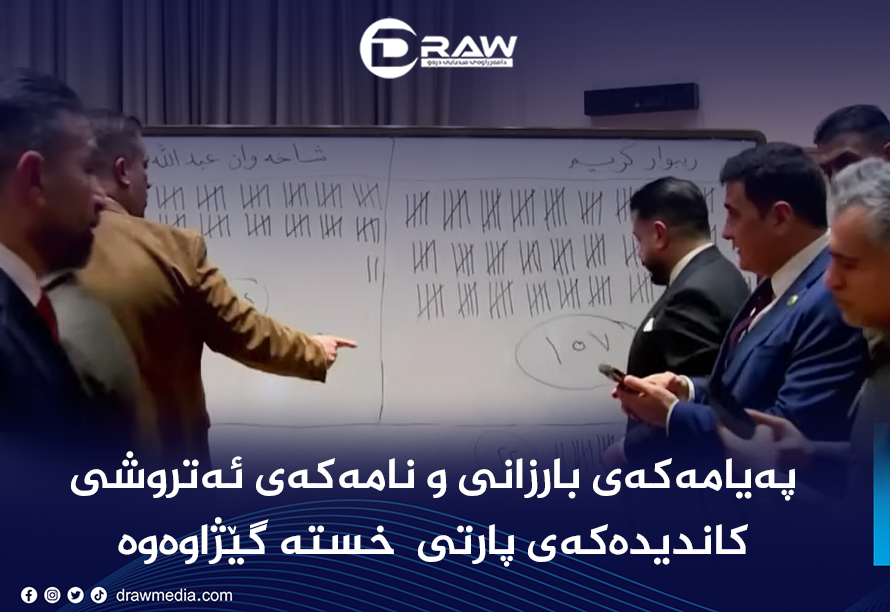
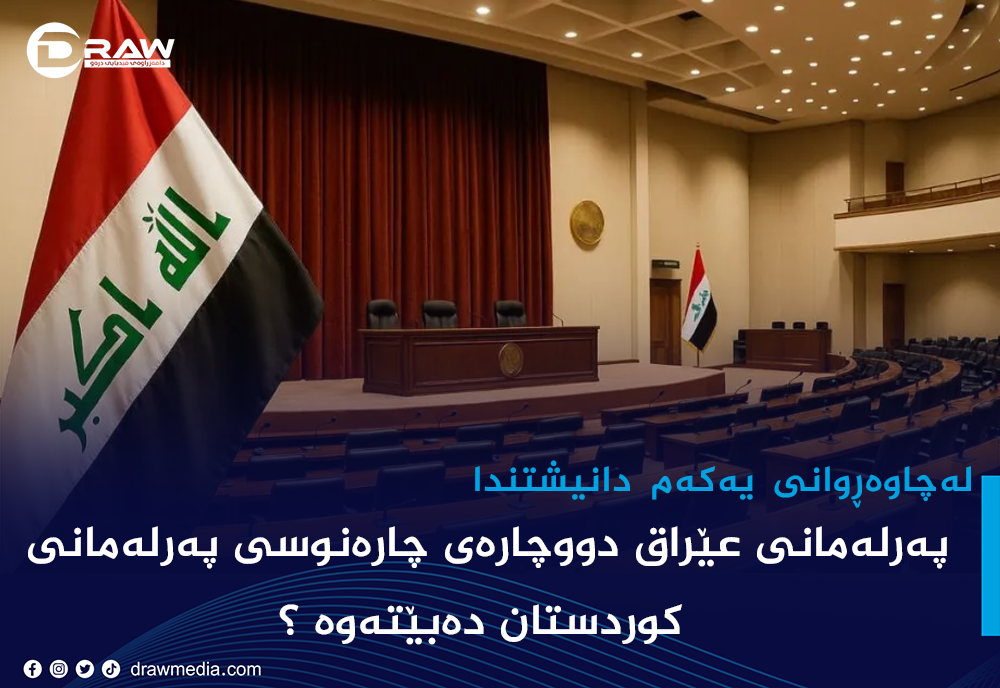
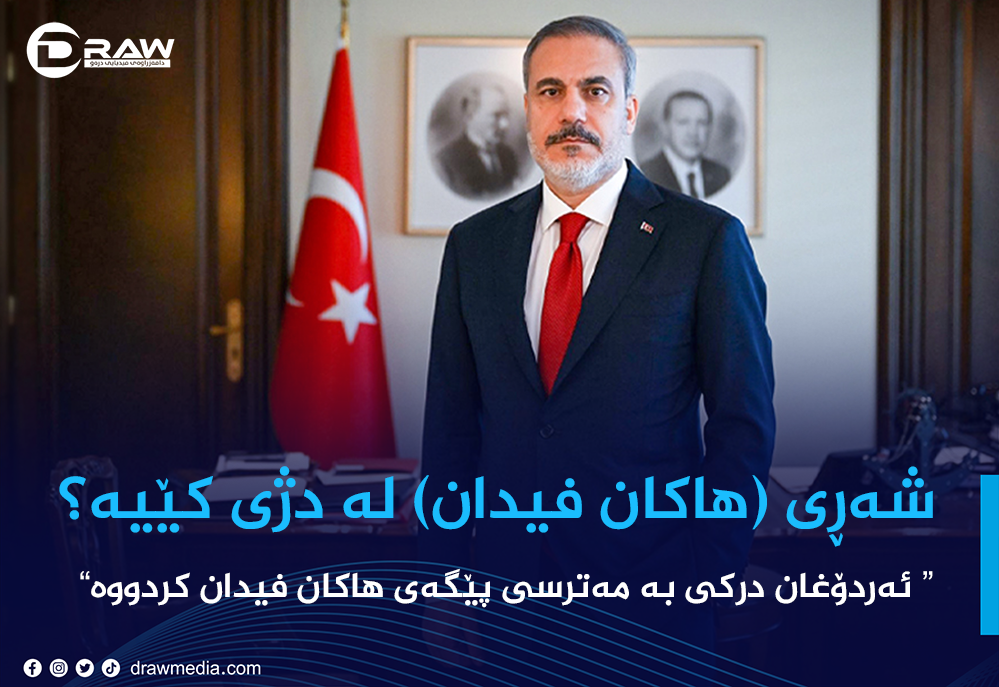
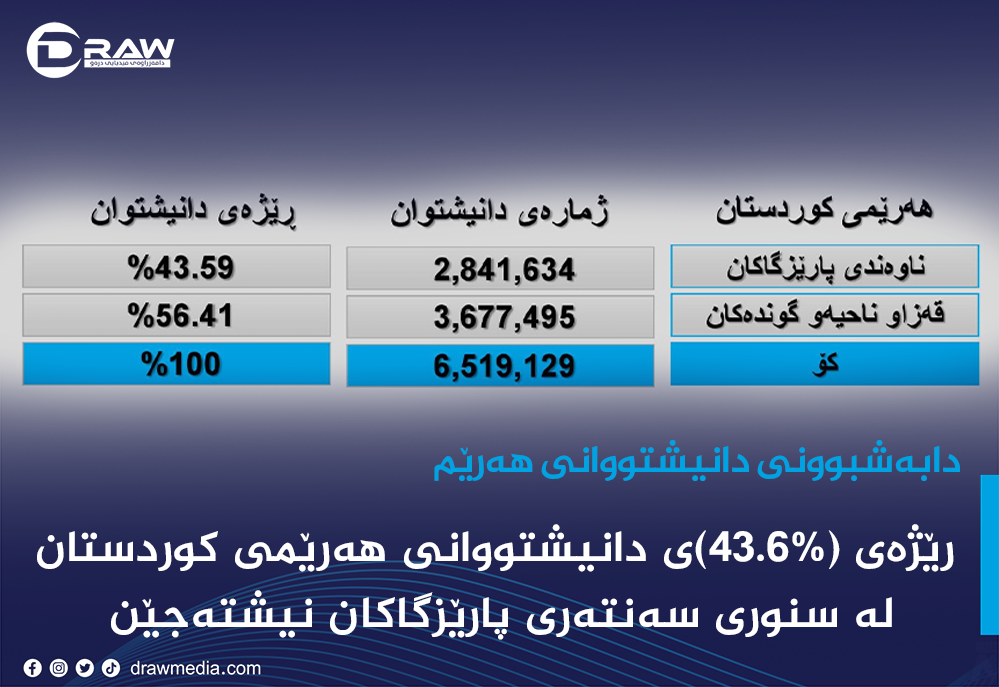
.png)



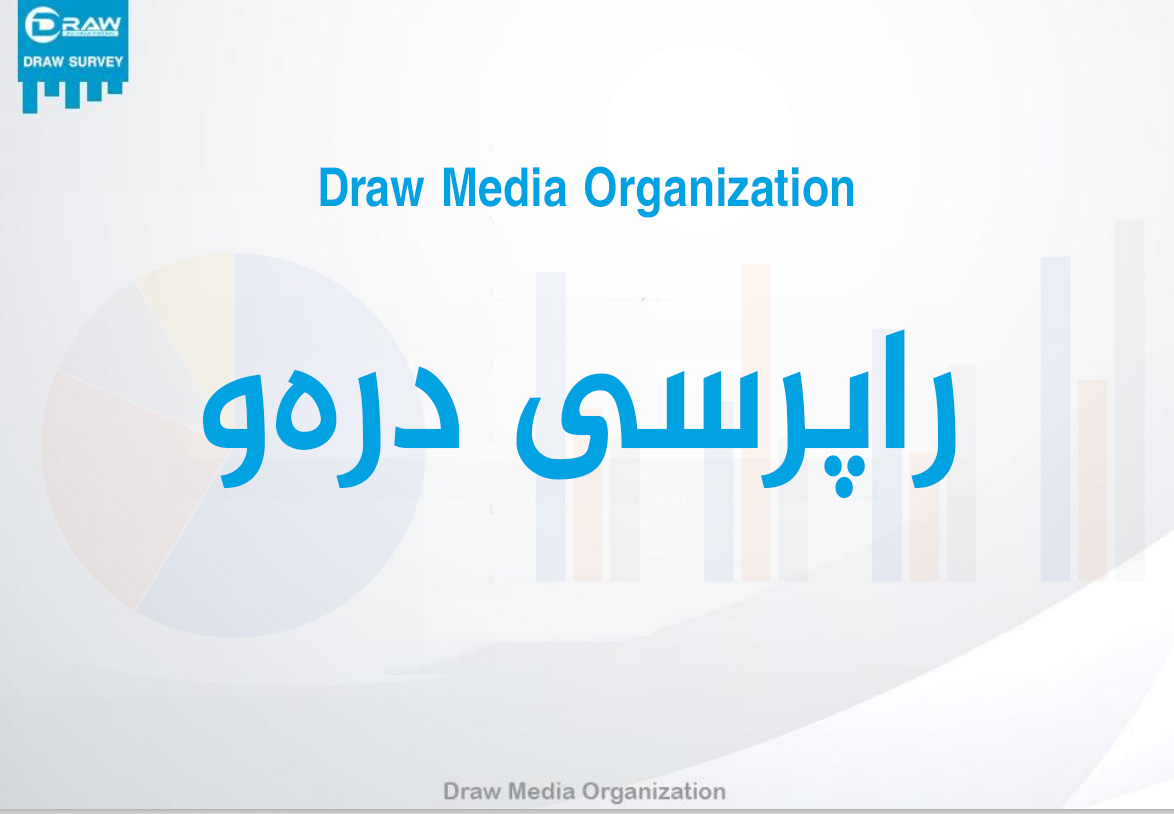


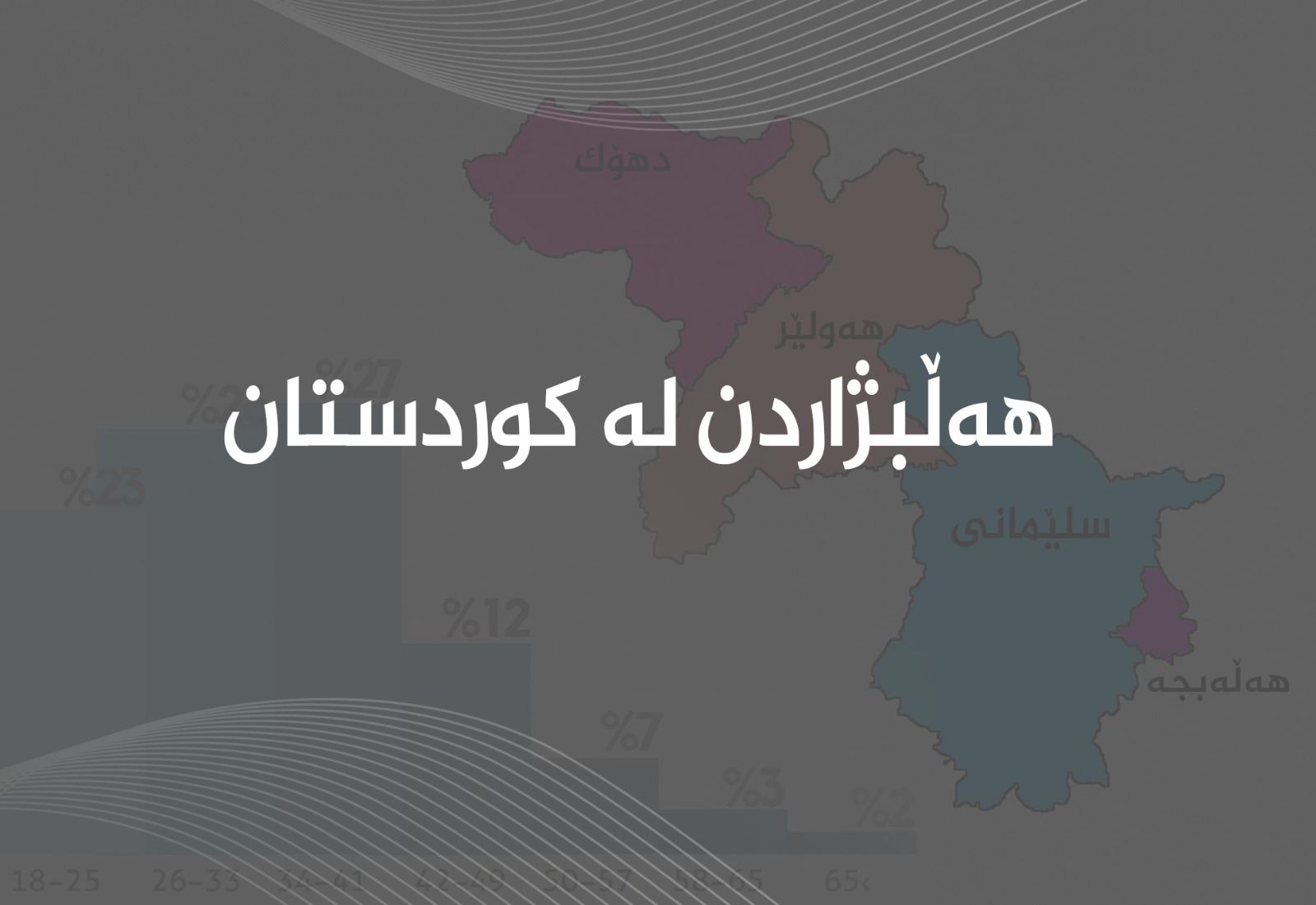

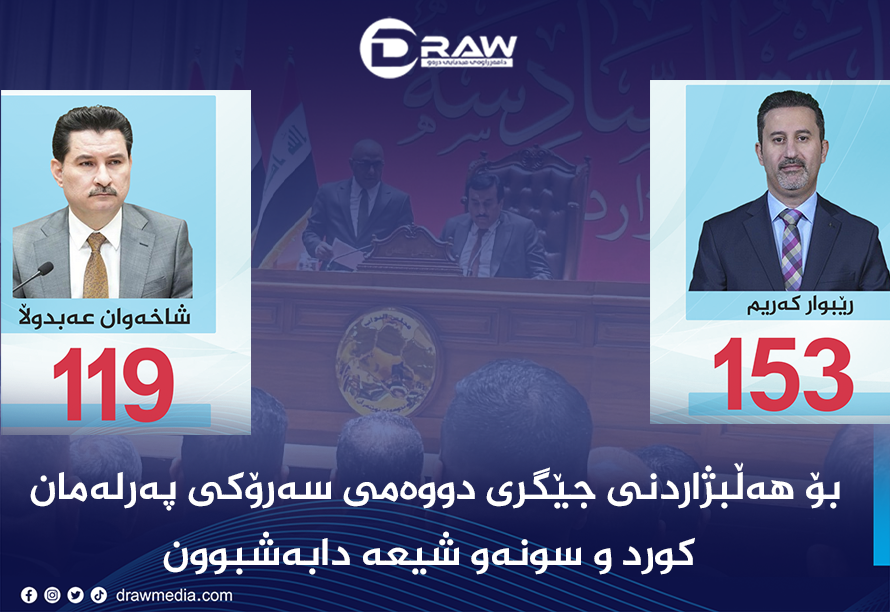

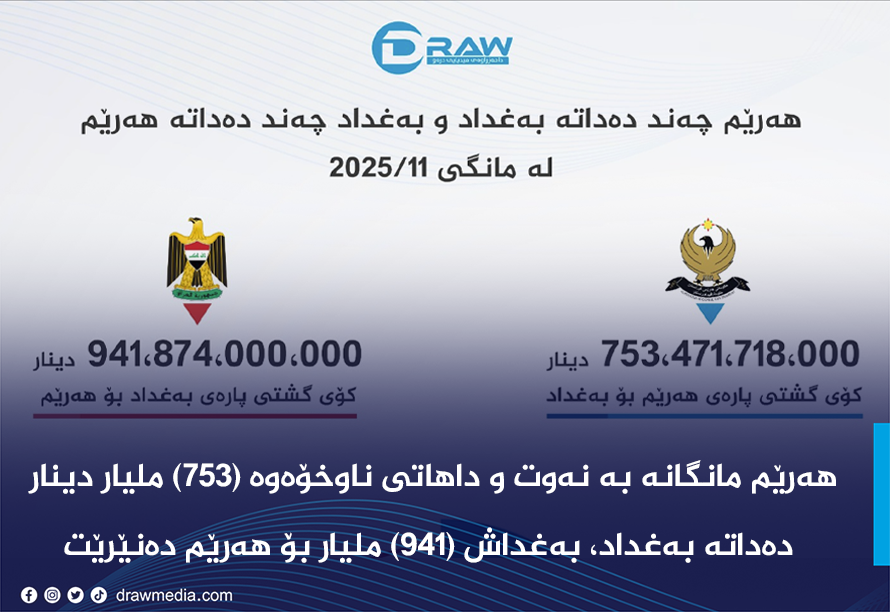
.png)

